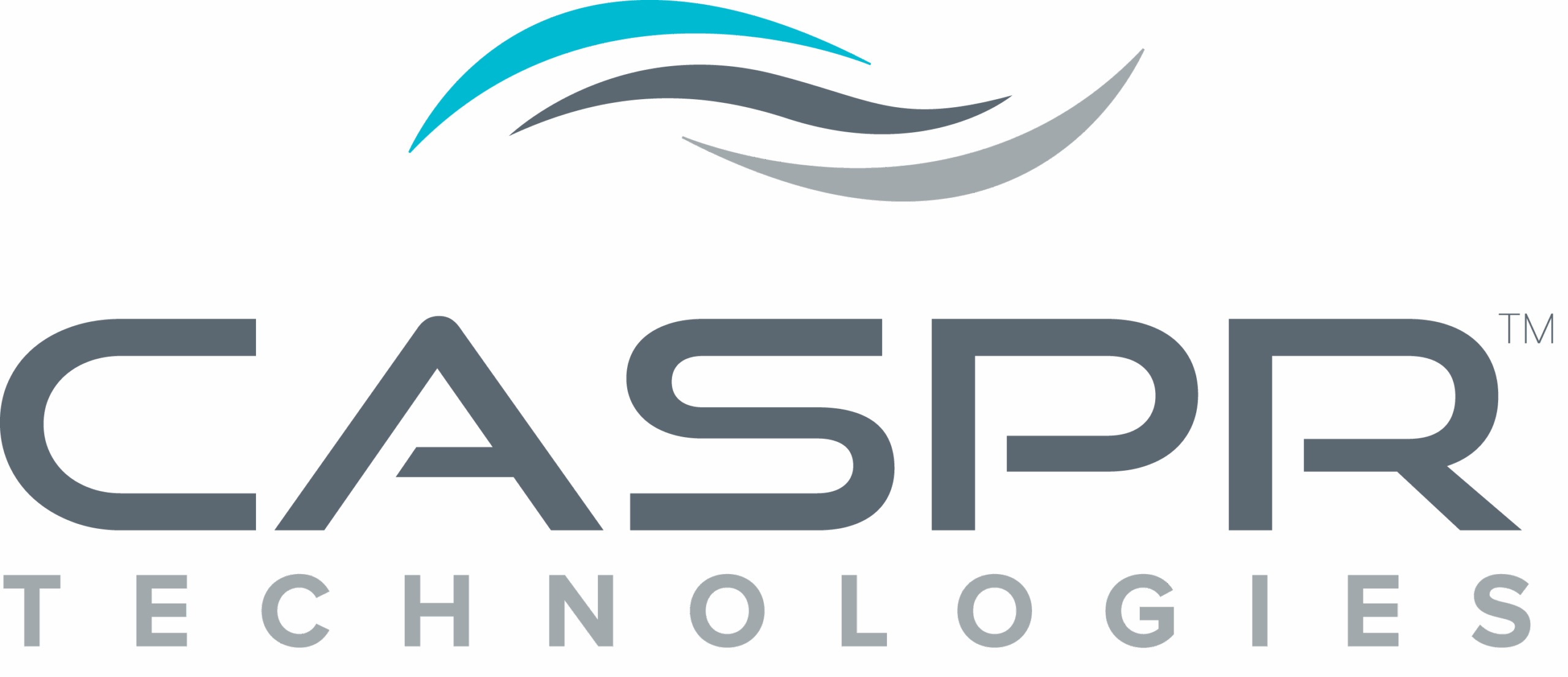Indoor air quality (IAQ) has become a critical focus for facility managers and engineers, as it directly impacts occupant health, comfort, and productivity. Smart sensor technology is revolutionizing this effort by providing real-time data on air pollutants, humidity levels, temperature, and ventilation performance. Let’s explore how these powerful technologies can transform your facility’s air quality management strategy, ensuring a healthier, safer, and more sustainable environment for everyone.
The Power of Real-Time Monitoring
Modern IAQ sensors act as your building’s environmental watchdogs, continuously monitoring key indicators including:
- Particulate matter (PM2.5 and PM10)
- Volatile organic compounds (VOCs)
- Carbon dioxide (CO2) levels
- Temperature and relative humidity
What makes these sensors particularly valuable is their ability to provide real-time data, enabling immediate responses to changing conditions. When integrated with your building automation system (BAS), this creates a dynamic, responsive environment that automatically adjusts to maintain optimal air quality.
Smart Automation in Action
Consider this scenario: A conference room designed for 20 people suddenly hosts 40 for an all-hands meeting. Without smart sensors, the rising CO2 levels could go unnoticed. However, with an integrated sensor system, the BAS automatically detects the elevation in CO2 and increases outdoor air ventilation to maintain a healthy environment.
Similarly, during external air quality challenges like wildfires, these sensors can trigger your BAS to minimize outdoor air intake, protecting occupants from harmful particulates. This intelligent response system works continuously, requiring no manual intervention.
Solutions for Every Facility
Don’t have a modern BAS? No problem. Even in older facilities, standalone sensors can provide invaluable alerts to your maintenance team, enabling manual adjustments to maintain healthy indoor air. This flexibility makes IAQ sensors a worthwhile investment for facilities of all ages and technological capabilities.
Monitoring Electronic Air Cleaning Devices
The role of sensors becomes even more crucial when facilities employ electronic air cleaning technologies such as ionization or photo-catalytic oxidation systems. These sensors serve a dual purpose:
- Monitoring device effectiveness
- Ensuring safety by detecting potentially harmful byproducts like ozone
For facilities using ozone-based purification systems, continuous monitoring is particularly critical to ensure that any ozone is properly filtered before air returns to occupied spaces.
Safety Standards and Certification
While sensors provide valuable monitoring capabilities, it’s worth noting that many modern air cleaning devices now meet stringent safety standards:
- CARB certification
- UL2998 standards for ozone emissions
- ASHRAE 241-2023 safety testing protocols
These certifications can provide additional peace of mind, though many facilities still opt for sensor monitoring as part of a comprehensive air quality management strategy.
Conclusion
Implementing IAQ sensors is more than just installing monitoring devices – it’s about creating a responsive, healthy indoor environment. Whether your facility is state-of-the-art or more traditional, these tools can significantly enhance your air quality management capabilities and help ensure occupant well-being.

